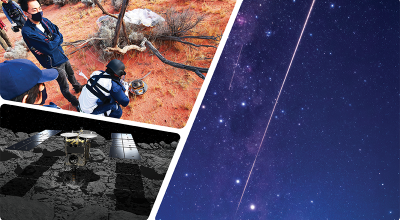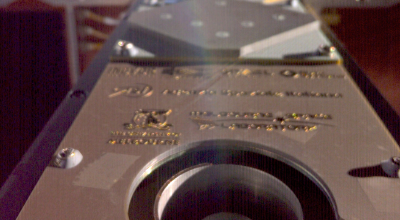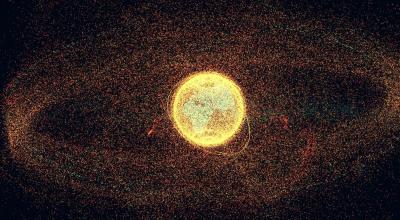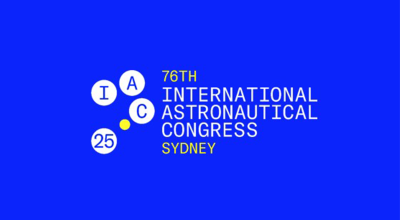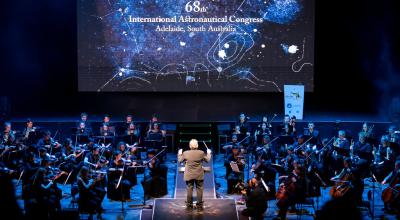Space is a global industry and relies on strong international partnerships
The Australian Space Agency is the gateway for the global space sector to engage with Australia across a wide range of space programs and activities.
We have strong and enduring partnerships that are built on generating mutually beneficial outcomes to help achieve our space ambitions and see our respective space sectors thrive.
On this page:
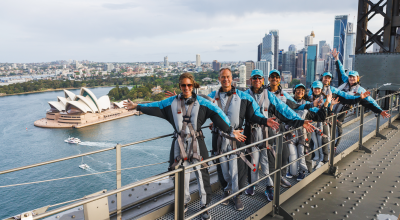
Australia delivers an iconic IAC 2025
The nation held a showstopping space event for the world – from expanding international partnerships to new industry announcement and inspiring the next generation through space.
Australia: Your partner in space
Our key partnerships are supported by initiatives and programs related to space exploration, science, commercial collaborations, and trade and investment opportunities. Through the Agency, we also negotiate treaty-level agreements and broker deals with other space nations.
United States
Australia's long-standing partnership with the US sees us play host to the largest number of NASA tracking stations outside the United States including the Canberra Deep Space Communication Complex, managed and operated by CSIRO on behalf of NASA.
CSIRO's Murriyang (Parkes) Radio Telescope also brought the Apollo 11 Moon landing to the world. Today, we back our national space sector to develop capabilities to support NASA's space exploration programs such as Artemis.
Highlights
Highlights
- Ongoing support for NASA's space exploration programs through space tracking expertise that has contributed to NASA's historic Apollo program through to the Artemis I launch in 2022.
- Australia became a founding signatory to the Artemis Accords in October 2020.
- Our Moon to Mars initiative is producing cutting edge Australian technologies to support NASA's Artemis program. The initiative includes the Trailblazer program, which is backing industry to develop an Australian-made, semi-autonomous rover to the Moon.
- Formalised the Technology Safeguards Agreement (TSA) to allow US space technology to be launched from Australia.
- Singing of a treaty-level Space Framework Agreement between Australia and the United States in October 2025 – opening the door to new opportunities for government, businesses and researchers to collaborate on joint projects with NASA and other American partners.
India
India is one of our enduring partners, with space cooperation a key component that covers mutual areas of strategic importance such as advanced manufacturing, space exploration, AI and cyber security, and space situational awareness.
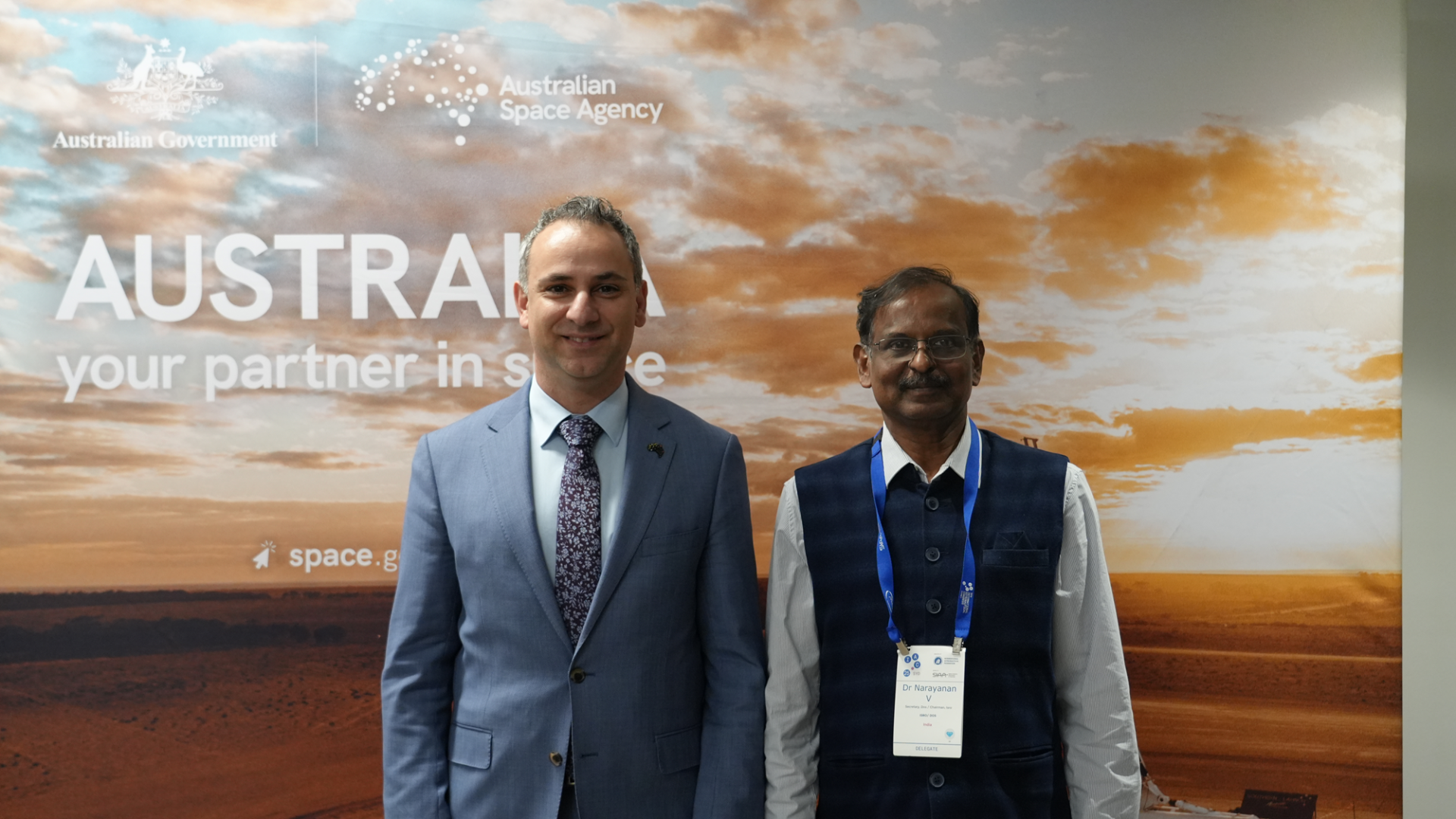
Highlights
Highlights
- Space cooperation formalised through signing of a Memorandum of Understanding in 2021.
- India-Australia Comprehensive Strategic Partnership continues fostering collaborative projects between space companies from start-ups to major government projects.
- The Agency is investing $18 million in collaborative space projects as part of the International Space Investment Initiative India Project program.
- Australia will support India’s inspirational Gaganyaan Human Spaceflight Program through our leading space tracking expertise and formalised through implementing Arrangements signed in November and December 2024.
Europe
Australia has shared a close and productive space partnership with Europe for almost 50 years, covering areas of deep space communications, navigation, data analysis, mission support, and more recently, human spaceflight.
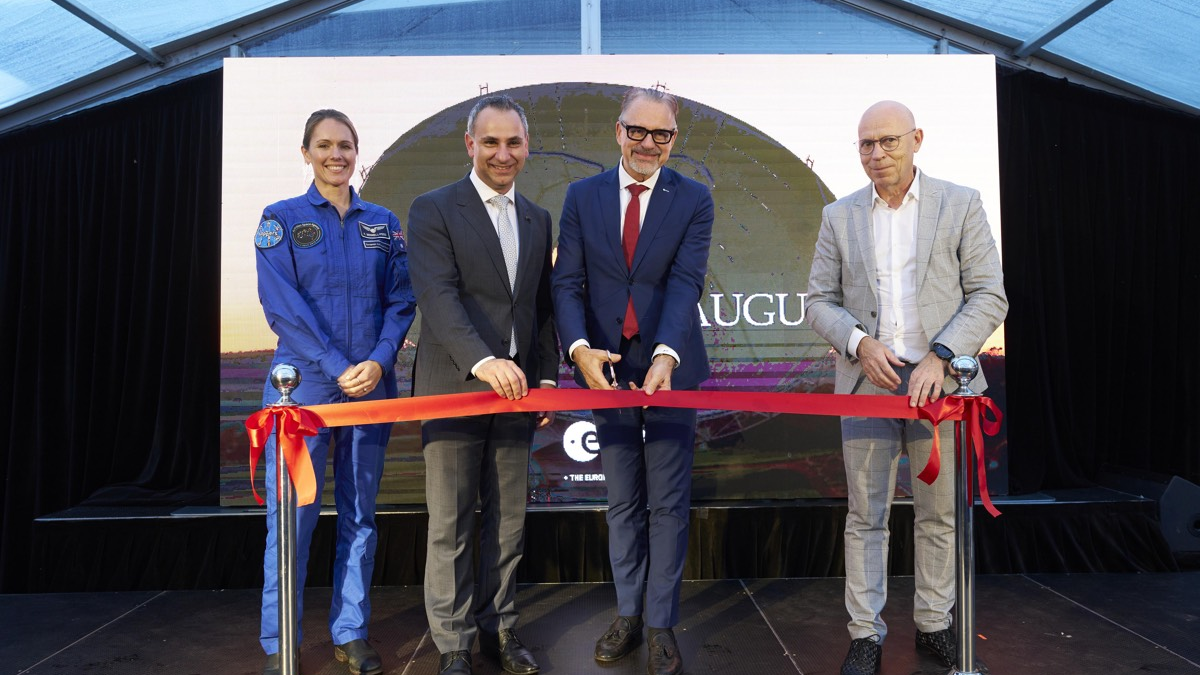
Highlights
Highlights
- Australia and the European Space Agency (ESA) have had agreements in place since 1979 to enable ESA ground stations on Australian soil to track spacecraft and interplanetary missions.
- At IAC 2025, the Australian Government announced a mandate to begin negotiations on a Cooperative Agreement between the European Space Agency and Australia. The Agreement will establish a formal mechanism for new and exciting opportunities between Europe and Australia’s space sectors.
- The Agency has invested in the construction of New Norcia-3 – a new 35-metre, deep space antenna located at ESA’s New Norcia station in Western Australia, which was inaugurated in October 2025 and will enter service in 2026.
- The Agency's Katherine Bennell-Pegg undertook astronaut training with ESA at the European Astronaut Centre near Cologne, Germany. In April 2024, Katherine graduated as the first qualified astronaut under the Australian flag, and is now eligible for future missions including to the International Space Station (ISS).
United Kingdom
There are close synergies between the Australian and UK space sectors, with strong private sector capability and complementing technology focus areas that will accelerate progress on national space programs and activities.
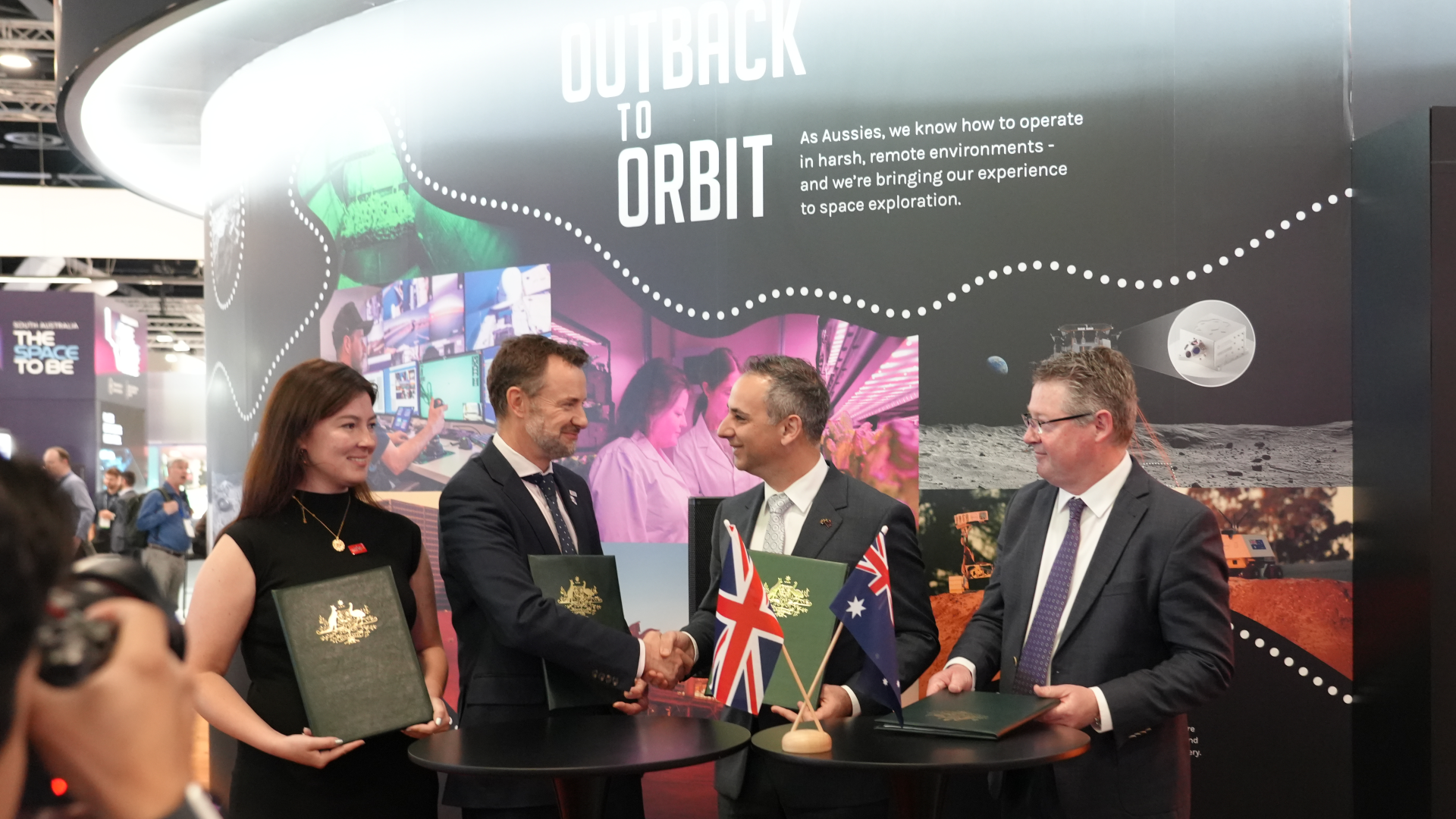
Highlights
Highlights
- An updated UK-Australia Space Bridge Arrangement was signed in October 2025. It reinforced a strategic partnership first established with the first Space Bridge in 2021 to unlock new trade and investment opportunities and strengthen cooperation between space sectors.
- Five Australian projects are among 23 being supported in round two of the UK Space Agency’s International Bilateral Fund.
- Under the first Space Bridge, Satellite Applications Catapult, SmartSat Cooperative Research Centre (CRC), and the UK Government launched the Space Supply Chain Mapping Tool to identify opportunities for collaboration and growth.
Japan
Australia and Japan have more than 45 years of treaty level science cooperation, and our work with JAXA is an important component of this.
Our space partnership spans support for space missions as a returns destination through to educational outreach programs, such as the KIBO Robot Programming Challenge and Seeds in Space initiative, both facilitated through One Giant Leap Australia Foundation.
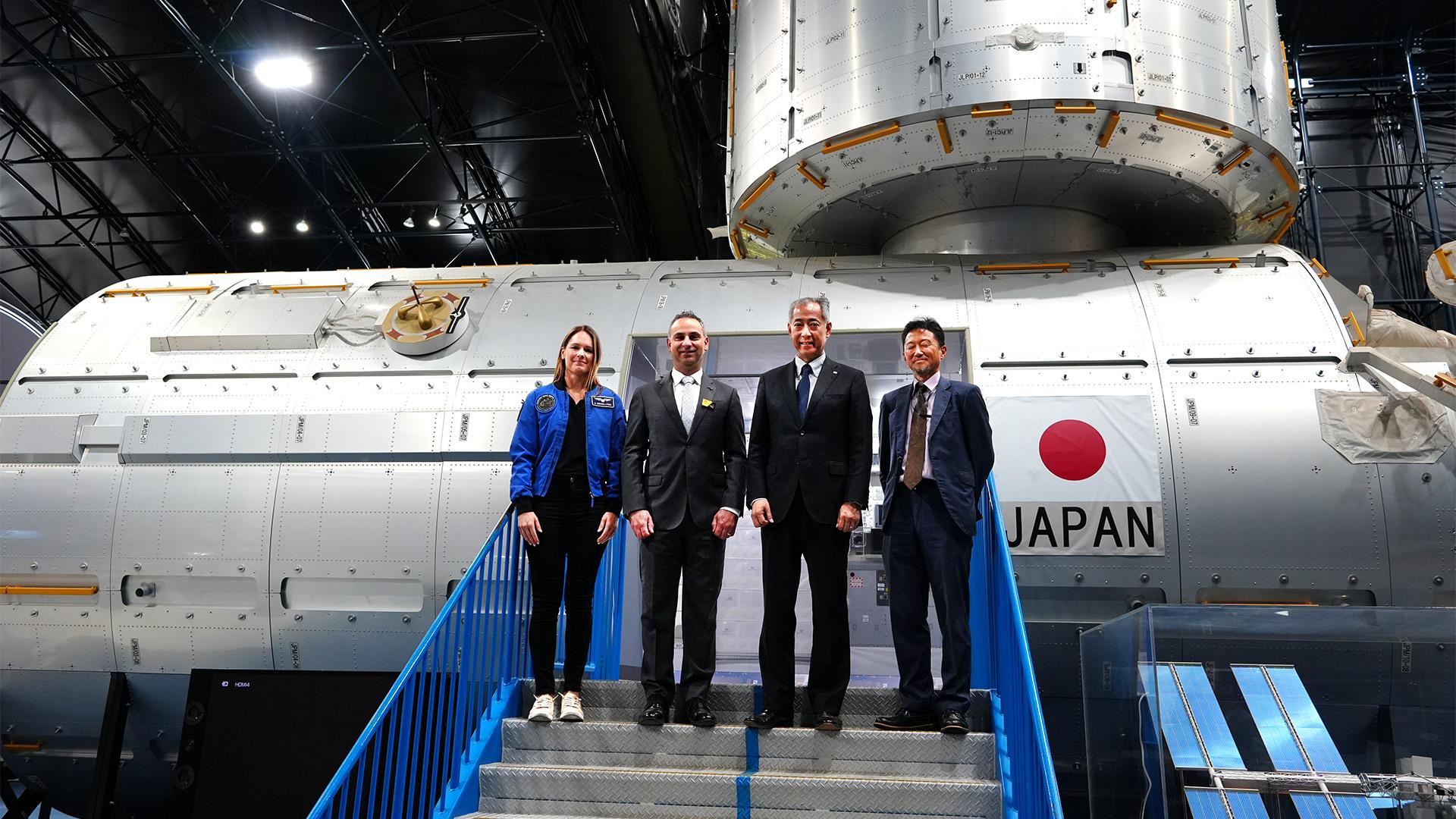
Highlights
Highlights
- Space cooperation formalised through signing of Memorandum of Understanding in July 2020.
- Partnered with JAXA on its Hayabusa2 Return mission. The Agency led a whole-of-government approach to successfully retrieve an asteroid sample that landed in South Australia’s Woomera Prohibited Area in 2020.
- An asteroid sample from Ryugu and a Hayabusa2 1:20 scale model is on display at the ASDC from October 2025.
- The Agency formalised a partnership with JAXA on its Martian Moon eXploration (MMX) mission in 2023, which will see samples from the Martian moon, Phobos, land in South Australia by approximately 2031.
- Co-hosted the Asia Pacific Regional Space Agency Forum with JAXA in Perth in November 2024.
- Showcased the Australia-Japan space partnership and growing opportunities between the space sectors at the World Expo in Osaka, Japan from April to October 2025.
Enhancing regional partnerships
The Australian Space Agency plays a central role in building regional partnerships to strengthen Australia’s role in the Indo-Pacific, with a focus on how space technologies can improve lives across the region.
By working closely with neighbouring countries, the Agency shares expertise, supports responsible space practices, and fosters collaboration. These partnerships help address shared challenges — such as climate resilience and disaster response — while unlocking new opportunities for growth and innovation in Australia’s space sector.
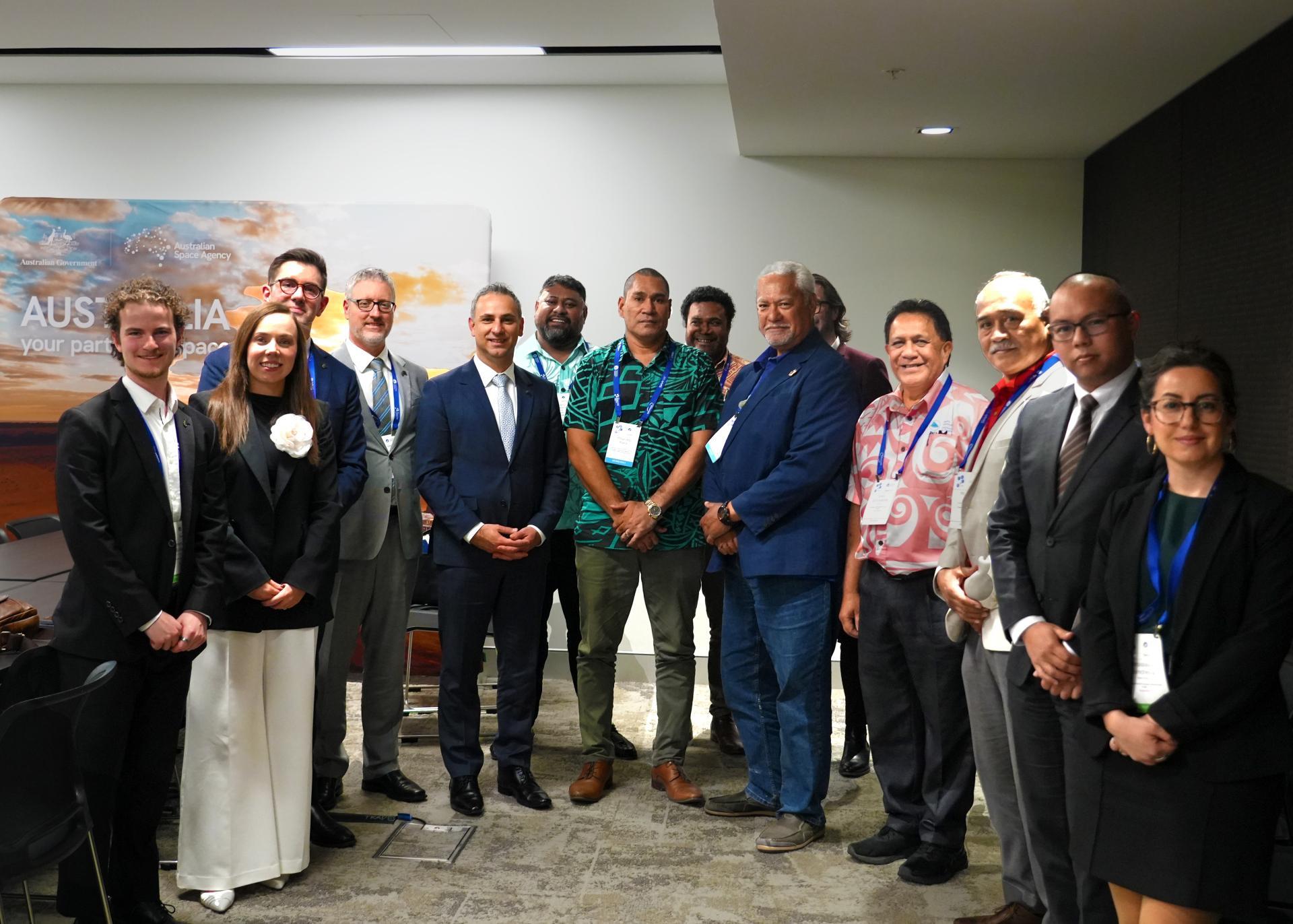
Highlights
Highlights
- The Agency and JAXA co-hosted the 30th annual Asia Pacific Regional Space Agency Forum (APRSAF-30) in Perth, with special support from the Western Australian Government. APRSAF brought the region's space sector together to foster closer ties across government, industry and academia.
- Enhancing engagement with Pacific Island Countries to collaboratively raise awareness of the value of space-based technologies and data in supporting informed decision-making to help address the unique challenges facing the Pacific.
- The Agency hosted a delegation from Pacific Island Countries at IAC 2025 – the first time a delegation from the Pacific has attended the Congress.
Our broader international space partners

Canadian Space Agency

CNES (French Space Agency)

Agenzia Spaziale Italiana (Italian Space Agency)

DLR (German Aerospace Centre)

New Zealand Space Agency

Korea AeroSpace Administration

The United Arab Emirates Space Agency
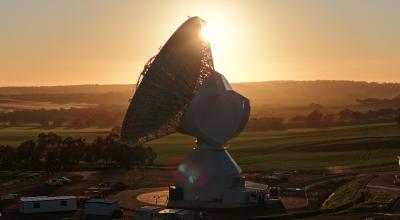
List of international arrangements
We are the gateway for the global space community to engage with Australia and its national space sector.

